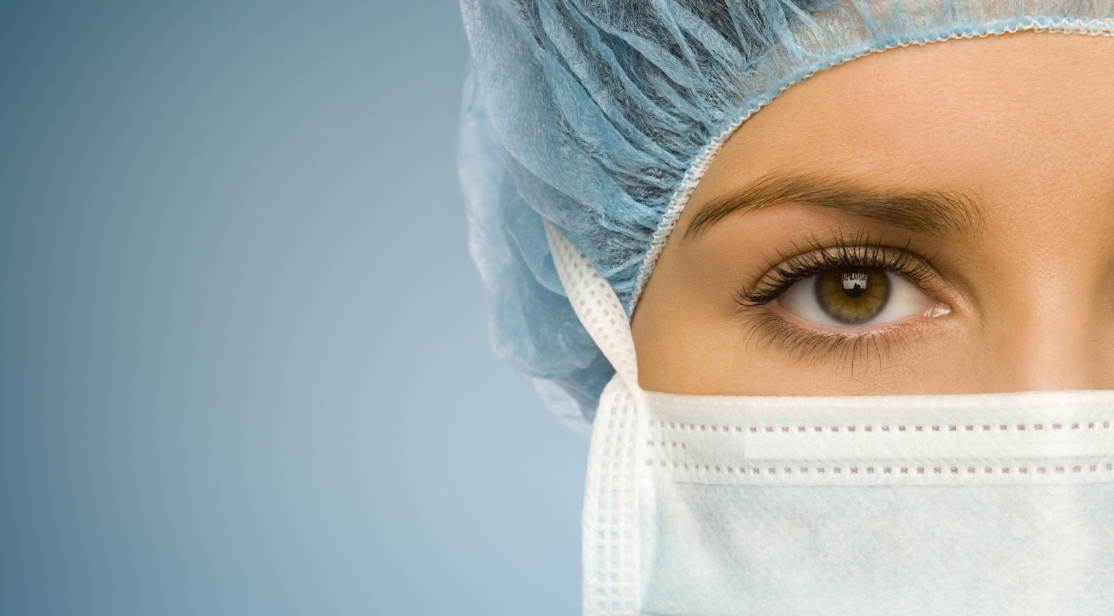Surgical Technical Sheets and FAQs

-
What surgical services does Inotiv currently offer?
Inotiv currently offers vascular and non-vascular catheterizations in rats, soft tissue procedures in rats, mice, and implantation of various devices in rats and mice. Inotiv commonly develops procedures specific to client requests. Please contact Veterinary Sciences, Research & Support, for a rodent surgical service that is currently unlisted.
-
What catheter material does Inotiv utilize?
Our standard catheter material is polyurethane. However, other catheter materials such as polyethelene, silicone or automated blood sampler catheters are available upon request.
-
What is Inotiv's standard exteriorization?
Inotiv's standard exteriorization is a subcutaneous pouch with a fixed exteriorization. At the exteriorization point, located between the scapula on the dorsal surface of the rat, all catheters are 3.0 french and can be accessed with a 22 gauge blunt tip needle. Modifications to the standard exteriorization include the use of a jacket, harness, PinPort™, or button.
-
What is Inotiv's standard locking solution?
Inotiv's standard locking solution is sterile Heparin/Glycerol, 500 IU/mL supplied by SAI Infusion Technologies. Optional locking solutions, such as heparinized saline, heparinized dextrose and taurolidine citrate are available upon request.
-
Where are Inotiv's surgical facilities located?
Inotiv currently operates two barrier dedicated surgical units. These facilities are located in Indianapolis, IN (202 – Central) and Indianapolis, IN (217 – West).
-
What anesthetics are used by Inotiv?
Inotiv's standard anesthetic protocol utilizes isoflurane. Injectable anesthetic is available as an optional anesthetic. There is no additional charge for either type of anesthetic.
-
Does Inotiv provide analgesics to surgically-modified animals?
Yes. Animals undergoing survival surgery receive post-operative analgesia to further ensure their humane and ethical care. Inotiv’s standard analgesic is a non-steroidal anti-inflammatory (NSAID) or an opioid administered via subcutaneous injection. Alternative analgesics may be used based upon Client project requirements. Please specify this special request at the time of ordering.
-
I am receiving dual catheterized rats. How will I determine the difference between the two catheters?
Identified via post-op care shuts a venous catheter will have a blue suture point located between the animal's shoulder blades, and an arterial catheter will have a red suture point located between the animal's shoulder blades.
-
Why can I infuse but not aspirate from my catheters?
A common cause of partial patency of a catheter (the ability to infuse but not aspirate) is the formation of fibrin into a sheath, or sleeve, over the implanted catheter tip. Additionally, when introduced into the catheter, select micro-organisms form biofilms on the catheter and can significantly decrease the ability to withdraw blood and/or infuse fluids. Use of a disinfectant and sterile supplies when flushing catheters decreases pathogenic micro-organism numbers and promotes completely patent catheters.
-
Who should I contact for further information?
Inotiv Veterinary Sciences, Research and Support:
- Phone: 800.473.6423
- Email: RMSSurgical.NA@inotiv.com
Inotiv Customer Service:
- Phone: 800.793.7287
- Email: CSDorders@inotiv.com
Surgical technical sheets and FAQs
Quick links
- Find Research Models
- Contract Breeding Technical Brochure
- Contract Breeding Questionnaire
- Full Spectrum Health Monitoring Brochure
- Bacteriology Test Panels
- Parasitology Test Panels
- Serology Test Panels
- Rodent Health Monitoring Procedures (North America)
- Rodent and Rabbit Health Monitoring Procedures (Europe)
- Health Monitoring Reports
- Cell Line References
- NCI Grantee Pricing
- Grantee Promotion

Scientific Insights
Keep up-to-date with the latest industry thinking and scientific insights
Explore Today Explore Today

